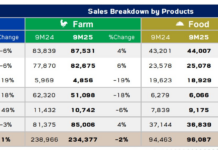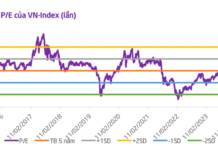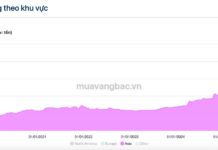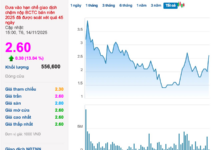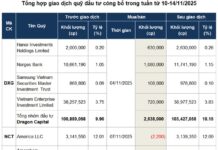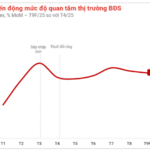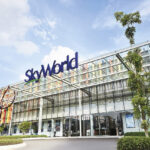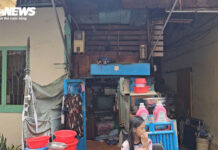Vietnam’s Real Estate Market Strengthens, Prices Remain High Despite No Speculative Surge
The year 2025 is poised to be a pivotal year for Vietnam’s real estate market, characterized by favorable conditions akin to “heavenly timing, geographical advantage, and harmonious human factors.” The robust legal framework established by the 2024 Land Law, which eliminates outdated pricing structures and introduces market-aligned valuations, has significantly enhanced market transparency. This shift has revitalized numerous previously stalled projects. From Q2 to Q4, the market transitioned from recovery to a peak phase, with Ho Chi Minh City (HCMC) emerging as the epicenter of growth. Data from July 2025 reveals a 10-15% increase in interest across all property types compared to the previous month, led by apartments and private houses with surges of 13% and 11%, respectively.
A major catalyst is the administrative merger of provinces and cities effective July 1, 2025, notably HCMC with Binh Duong and Ba Ria-Vung Tau. This consolidation has unlocked vast land reserves for residential, commercial, and integrated industrial projects, fueling long-term property value appreciation. Along inter-regional transport corridors, a transit-oriented urban development model has been implemented across 7,397 hectares, with 11 pilot sites near metro lines and ring roads. The trend of suburban urban expansion is also booming, with “All-in-one” megacities offering affordable housing solutions. Localized supply increases and a significant northward-to-southward capital flow are evident, with the apartment segment leading the market due to genuine residential demand.
In terms of pricing and liquidity, the market continues its upward trajectory, particularly in the urban housing segment. In Hanoi, Q2/2025 average apartment prices reached VND 80 million/m², up 5.6% quarterly and 33% year-on-year. HCMC prices are even higher at VND 89 million/m², a 36% increase. Premium projects in central areas command VND 130-200 million/m², with some reaching VND 400-500 million/m². However, there’s a notable shortage of affordable and mid-range options, limiting accessibility for middle-income buyers.
Capital and credit availability are critical to the real estate recovery. H1 2025 data highlights robust economic fundamentals: Q2 GDP grew by 7.96%, and FDI registered in the first seven months rose by 8.4%, bolstering the property sector. Interest in real estate surged across all segments, with an anticipated 25,000 new units from Q3-Q4 launches.

Infrastructure, capital, and demographic trends are driving strong real estate demand
HCMC Real Estate: Suburban Boom, Di An Emerges as a New Star
Post-merger, HCMC’s real estate landscape in late 2025 is vibrant, particularly in urban and satellite areas. Supply is surging, with thousands of apartments and land plots set for Q4 launch to capture year-end capital, driving transactions up 20-30% from H1. Local developers are accelerating efforts to lay the groundwork for 2026 growth, with apartment interest rising by 17%.
Recovery is fueled by synchronized infrastructure, stable interest rates, and FDI inflows into industrial zones, coupled with over 1 million annual urbanizing young workers. Market data shows primary prices at USD 3,729/m² (VND 89 million/m²), with 70-80% of supply in suburban areas like former Binh Duong, achieving 70-74% absorption rates. Affordable units (below VND 40 million/m²) remain scarce. Prices are projected to rise 9-11% for apartments and 6-12% for landed homes over the next three years.
Suburban areas are experiencing an “urban revolution,” with populations shifting from city centers to outskirts due to improved infrastructure and amenities (schools, hospitals, retail). Demand from young workers and industrial zone professionals has boosted property searches by 20-50%. Di An (now part of HCMC), benefiting from Metro Line 1 (Suoi Tien – Binh Duong), Ring Road 3, and the My Phuoc – Tan Van Expressway, has seen prices soar 20-30% in 2025, mirroring the “ripple effect” from nearby Thu Duc.
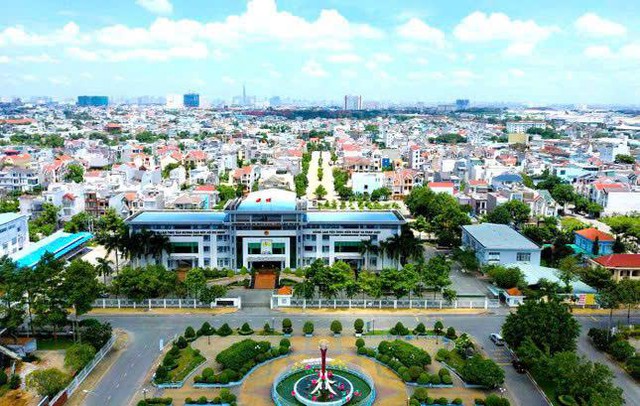
Di An (HCMC) is witnessing remarkably attractive price increases
Di An’s strategic location extends beyond transportation to its economic potential. As a bustling industrial-urban hub, it attracts thousands of young workers and professionals from major industrial zones, driving high housing demand. Experts predict that from 2025-2030, Binh Duong, particularly Di An, will experience robust growth fueled by FDI and infrastructure, with property prices projected to grow at a 38% CAGR from 2025-2027 as Di An advances toward Type I urban status and the Thu Duc International Financial Center matures.
Mid- to high-end projects in Di An are poised to become “capital magnets” in 2026-2027 upon infrastructure completion. New price benchmarks will range from VND 50-70 million/m², with minimal options below VND 40 million. This positions Di An as a top choice for both residential and long-term investment needs.
However, investors must exercise caution, prioritizing projects with transparent legal frameworks, strategic locations, and reputable developers to mitigate risks of infrastructure overload or speculative pricing. Experts forecast a slow but steady recovery cycle from 2025-2030, driven by genuine demand.
Da Nang: The Emerging Hotspot for Real Estate Investment
Da Nang is rapidly emerging as the epicenter of real estate investment. With its strategic location, booming tourism, and world-class projects like Capital Square, this city promises golden opportunities for savvy investors.
Unveiling the Secrets Behind $100 Million per Square Meter Condo Prices
The current prices of condominiums have skyrocketed beyond the reach of not only low-income earners but also those in the upper-middle-income bracket. This staggering reality stems from developers grappling with exorbitant costs: soaring interest payments on loans, escalating soft costs, prolonged legal procedures for project approvals, hefty land-use fees, surging construction material prices, and debt moratorium policies.











